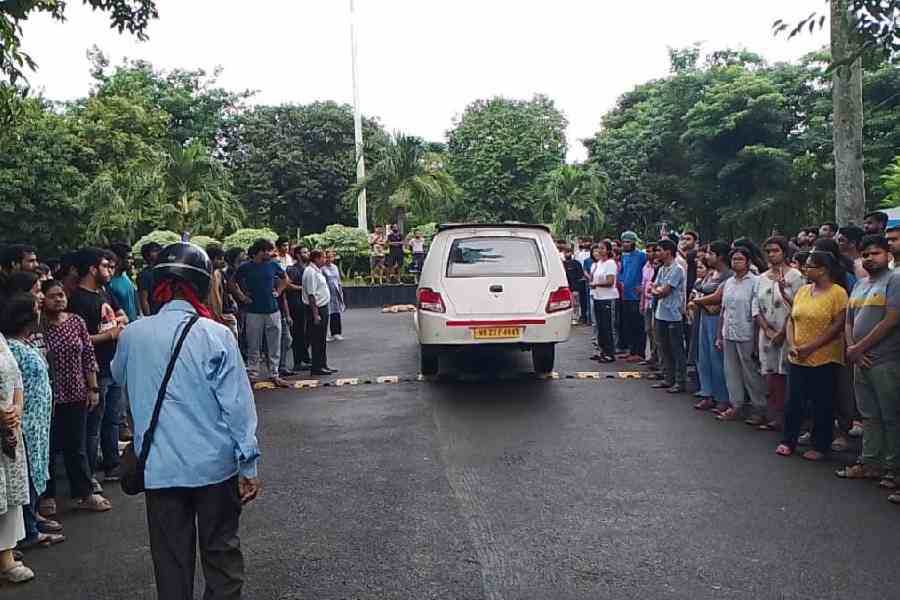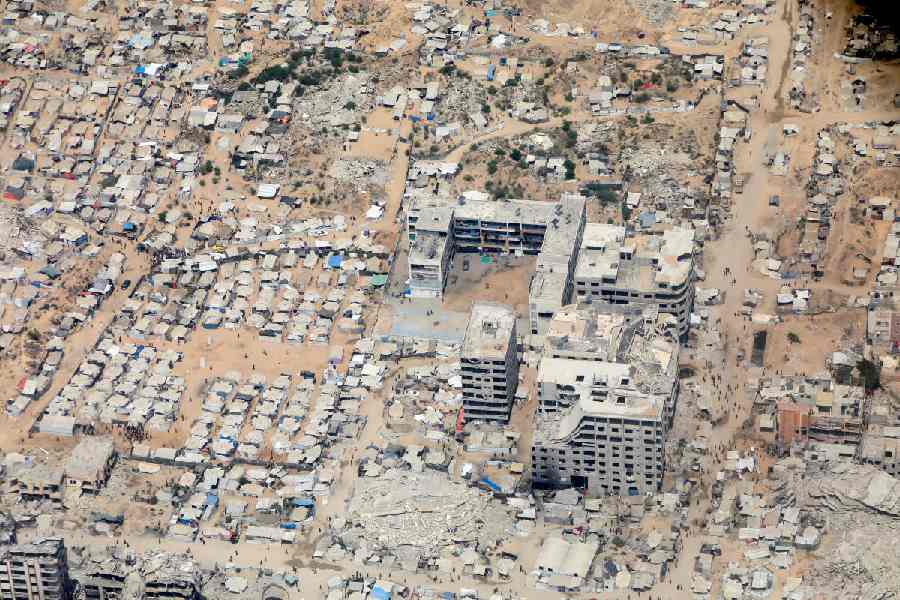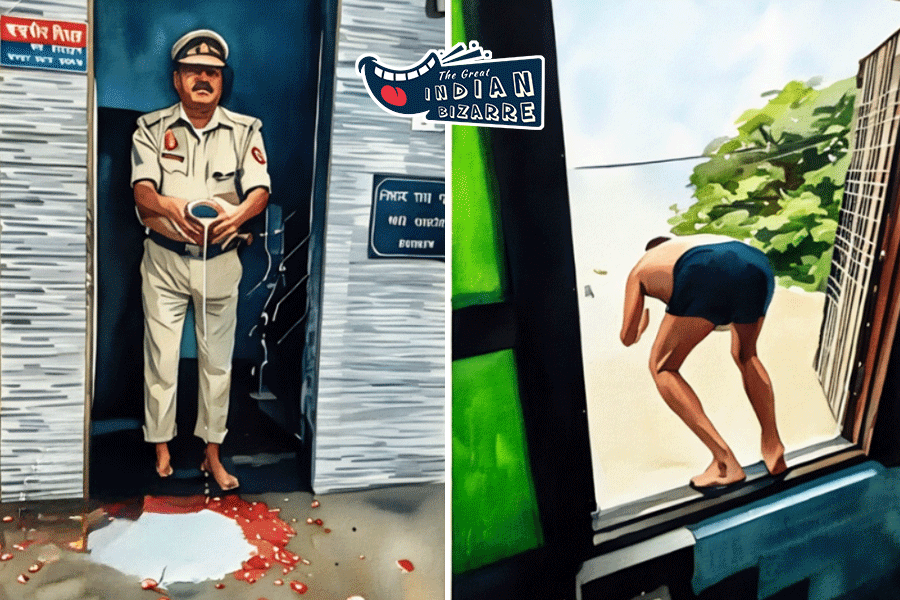The last beam on what will eventually become the second tallest building in the world was laid recently. But it does not stand in splendid isolation. On the contrary, it’s just one among many skyscrapers you see from Shanghai’s beautiful river-front, the Bund. First there was only the Oriental TV Tower. Twenty years later, it remains the most beautiful structure in this ultra-modern city.
But soon, the record for the tallest skyscraper in the world will go to a relatively unknown Chinese city, Changsha. The foundation stone has been laid; but the required approvals are yet to come in. If one were to go by public sentiment, they won’t. From the woman-on-the-street to town planners, people have had enough of high-rises and are longing for some “blue sky with white clouds”. In a recent column, the deputy-editor of the US edition of China Daily wrote that he could see blue sky and fluffy white clouds in the United States of America, the home of skyscrapers, but neither when he went home. Another Chinese journalist living abroad wrote some years back how he hated coming home to Shanghai. This gleaming new metro just wasn’t the city he had grown up in.
High price
It’s not as if old Shanghai has been wiped out. The Bund, Shanghai’s main tourist attraction, is a century old. Lit up after dusk, the colonial buildings which flank it on one side give a run to the glitzy towers across the river. On the streets leading to the Bund, you may discover The Bund Tea Company, an exquisite 100-year-old parlour with a typically old English air, which serves only Chinese tea; or the street vendor selling cheap clothes on a cycle or fruit hanging from a pole slung across his shoulders.
Then there’s the other tourist haunt of beautiful old tea-houses that you navigate across a zig-zag bridge while ducks glide below. One could sit at a window and watch the world go by, but the cheapest cup of Chinese tea here costs 30 yuan. You step in enthusiastically into a renowned old eating place here. Photographs of international patrons add to its promise, till you discover that the table by the riverside comes at a cost — even though the restaurant is empty — and the most famous dishes are beyond your reach. The remainder taste strictly average, yet you end up paying several hundred to a waitress, who makes no bones about what she thinks of you. You wander away from the main square into quaint alleys, only to discover that they are now just shopping streets. The curved building on the corner with a carved old door has a sepia-tinted plaque. You draw closer excitedly and what does it say but: “No. One Tourist Building — stopping place for tourist groups”!
Old world
But persist and walk further away from the throng, and you will be rewarded. The narrow streets actually have residents going about their daily lives. Women in satin night-suits wash and cut fish and vegetables at the sink outside their homes. A hair-dressing saloon is in session: a cracked mirror has been hung on a lamp post, and the customer sits on a broken revolving chair. Old men gossip on stools; one of them may get up to drive a hard bargain if he sees you stopping to buy a pair of slippers from his home-cum-shop. Turn the corner, and you’re back to the world you left: a broad avenue flanked by high-rises and a Häagen Dasz outlet.
Do these Shanghaiites long to live in their new city? After all, the charms of community living also include throwing garbage outside your window; hanging your washing across the street; and living with the fact that the entire street knows what you’re having for dinner, day after day.











